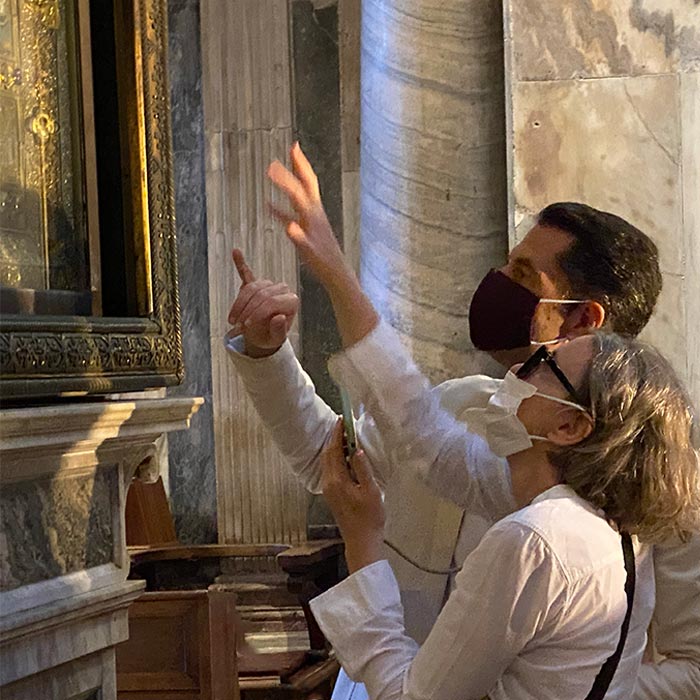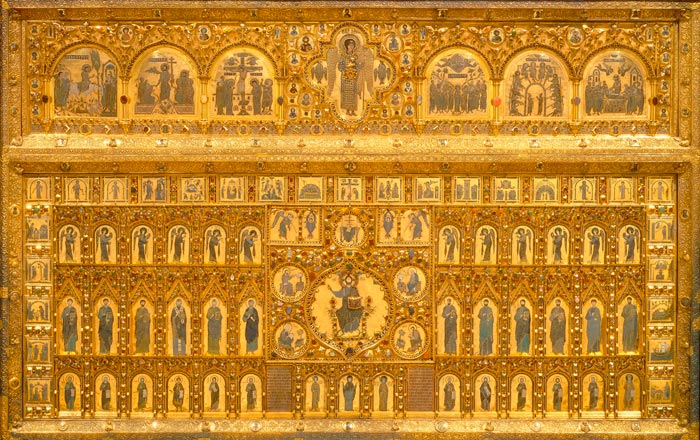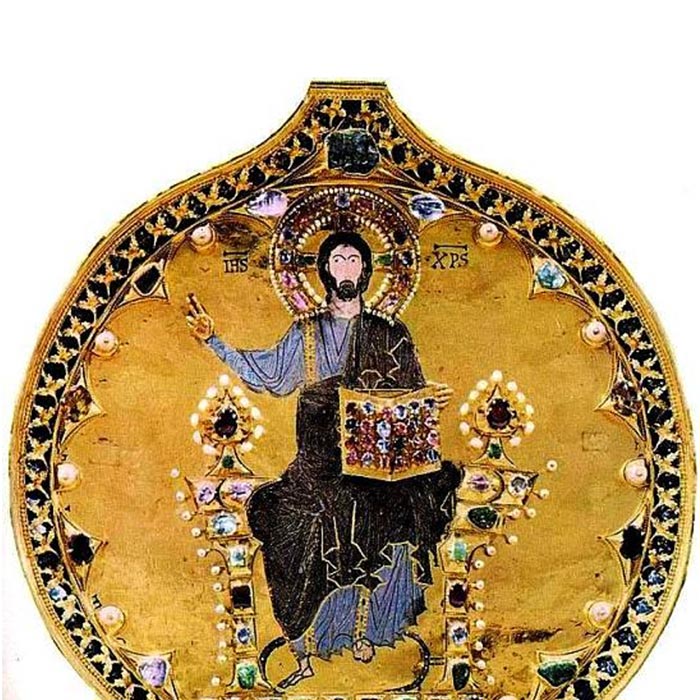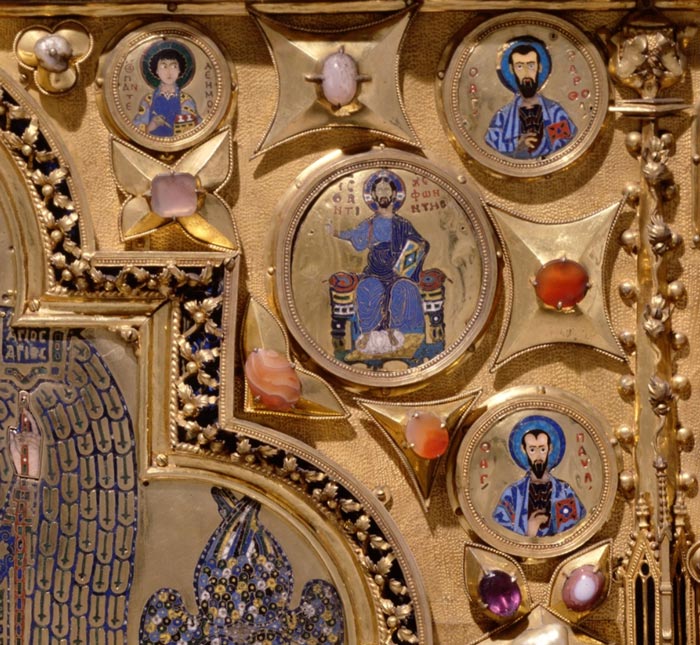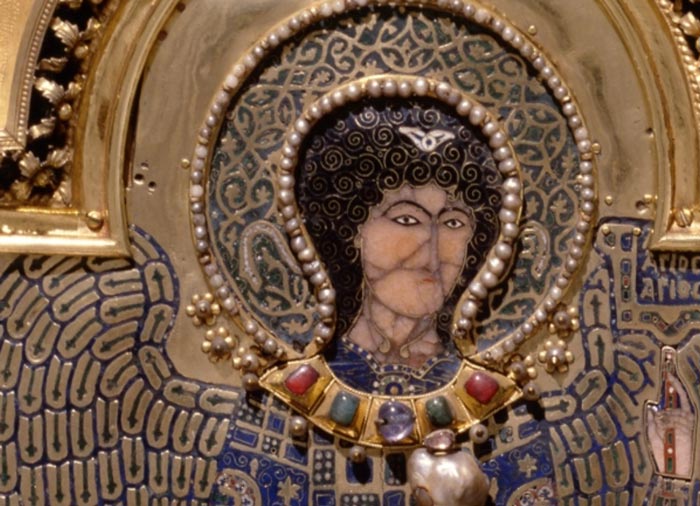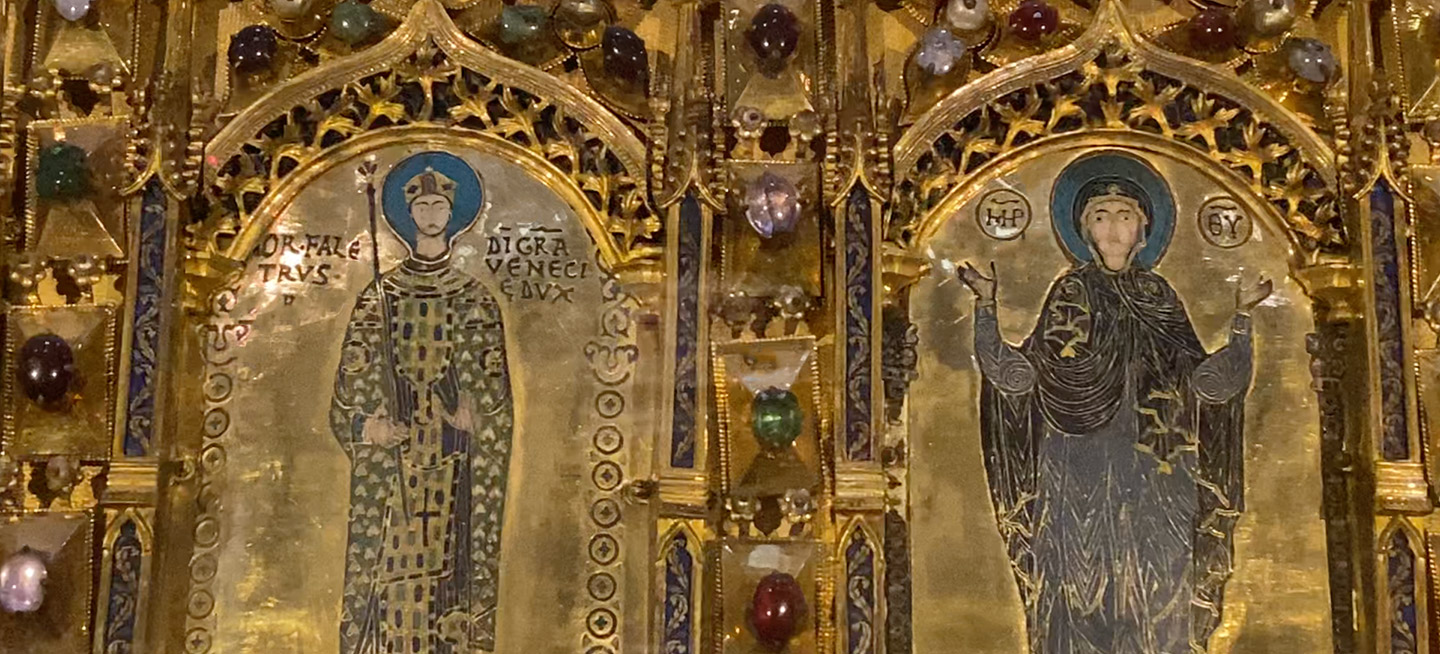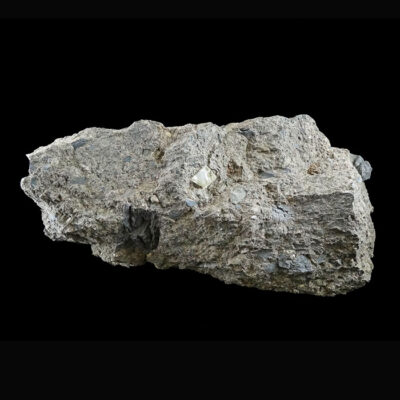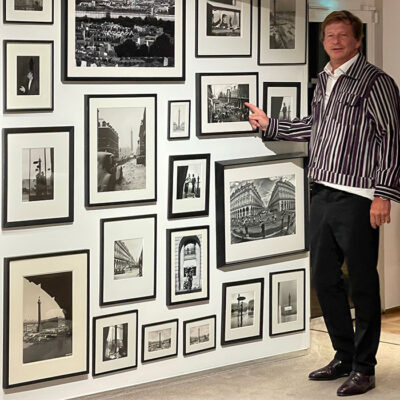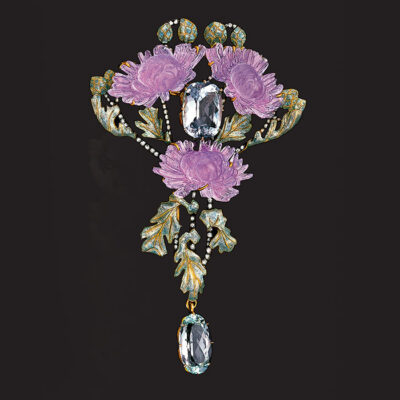Jewelers routes
22 July 2021
Share
The Pala d’Oro in St. Mark’s Basilica with Alberto Nardi
The most exquisite treasure in St. Mark’s Basilica is the Pala d’Oro: a gold altarpiece of extraordinary workmanship and magnificence. I was lucky enough to explore it with a connoisseur, Venetian jeweler Alberto Nardi.
By Sandrine Merle.
Venetian jeweler Alberto Nardi, a gemologist with a degree in art history, once had the huge privilege of studying the Pala d’Oro. “My Byzantine Art professor wanted to see if the colored stones were chosen and laid out according to their theological significance, or for solely aesthetic purposes,” he says. Every evening for a month, he climbed the scaffolding to examine each of the 1,927 stones, which include sapphires, emeralds, garnets, pearls, amethysts and chalcedony. “I would spend all night alone, with the lights off… Whether or not you are a believer, that’s extremely unsettling.”
The Pala d’Oro
Concealed behind the high altar, this sumptuously refined piece of goldwork (3.34 m long and 2.12 high) was commissioned from Constantinople craftsmen in 916, when the city was the gateway between East and West. It is made of wood, gold, silver, precious stones and cloisonné enamel. During the main religious festivals, it is turned around so that the faithful, can admire scenes from the Gospel in the upper part and in the lower, Christ Pantocrator, creator of the world, surrounded by saints. Below can be seen the Byzantine empress Irene, the Virgin and Doge Ordelafo Faliero, who made additions to the altarpiece in 1105.
Cloisonné enamelwork
The embossed, stamped and granulated gold filigree echoes the 8,000 square meters of golden mosaics adorning the walls. The cloisonné enamels are some of the world’s most beautiful examples of this typically Byzantine work. Translucent, like stained glass windows, they let light shine through, which seems to come from outside. This enhances the power of the seated Christ in majesty, giving a blessing with his right hand while holding the Bible in his left. The Pala d’Oro did not have this many enamels to begin with: for example, the large works representing the six feasts of the Eastern Church came from the spoils of the Fourth Crusade to Constantinople in 1204.
1,927 precious stones
The Pala d’Oro took on its current appearance with the last alterations, in 1342, carried out by the Venetian goldsmith Boninsegna. On a gold background, in combination with the enamel technique, the precious stones evoke the splendor of the heavenly Jerusalem described in the Bible. “Tellingly, there are no diamonds, because color was paramount in the Middle Ages and the Renaissance. The concept of “precious” stones was different from today’s,” says Nardi. The gems emphasize various elements and draw the eye to them, like the sapphires on the book held by Christ, where they replace the words of Scripture, highlighting their precious quality.
Spiritual or aesthetic?
“My Byzantine Art professor concluded that the stones were chosen for theological reasons. In my view, there’s more to it than that,” says Nardi. That said, he is sad that the altarpiece lost a certain spirituality in the 19th century, when the city of Venice replaced the stones stolen in 1797 by Napoleon’s soldiers. “You can spot them immediately because they are faceted, whereas all the others are polished. Some are even made of glass,” says the purist. But the Pala d’Oro continues to dazzle all eyes.
Related article :


